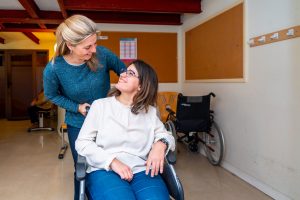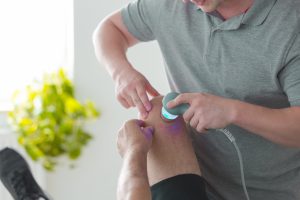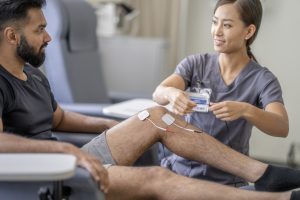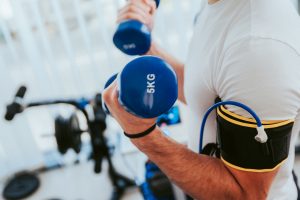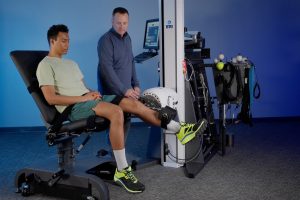-

Stay compliant with 2025 Medicare Part B updates for PTs. Learn the new PTA supervision & plan of care rules to prevent claim denials and reduce audit risks.
-
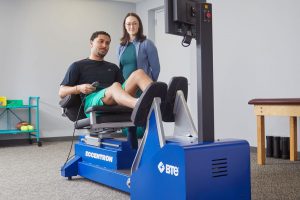
Transform your ACL rehabilitation program with this comprehensive guide. Discover criteria-based protocols, objective testing methods, and return-to-sport criteria that drive superior outcomes, enhance patient engagement, and differentiate your practice in today's competitive healthcare market.
-

Tilt table physical therapy uses a motorized table to gradually move patients from lying flat to standing upright. This treatment helps patients regain the ability to stand without dizziness or fainting after prolonged bed rest, neurological conditions, or heart problems that weaken their cardiovascular system. How Tilt Table Therapy Works in Medical Treatment Tilt table…
-

Whether your practice treats a handful of Medicare patients or a large share of your caseload, understanding the 2025 Medicare cap for physical therapy is essential. Even a single patient reaching a threshold can trigger extra documentation, audits, or payment risk. Medicare’s therapy rules may feel complex, but with the right workflow, you can keep…
-
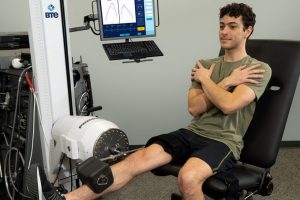
Elevate your rehab clinic with BTE's specialized gym equipment. Achieve superior patient outcomes, streamline workflows, and maximize ROI.
-

What is CPT Code 97163?
CategoriesCPT Code 97163 covers high-complexity physical therapy evaluations that require assessment across multiple body systems and complex clinical decision-making. This code applies to patients with significant comorbidities, multi-system involvement, and unstable clinical presentations that require extensive evaluation and detailed treatment planning. Physical therapy practices must understand when and how to use CPT 97163 correctly to…
-

What is Passive Exercise?
CategoriesPassive exercise is movement performed on the body without voluntary muscle contraction from the person. A therapist, caregiver, or mechanical device moves joints through a comfortable, controlled range of motion (ROM). This therapeutic approach helps maintain mobility, protect soft tissues, and reduce secondary complications when patients cannot actively move or must limit effort (e.g., early…
